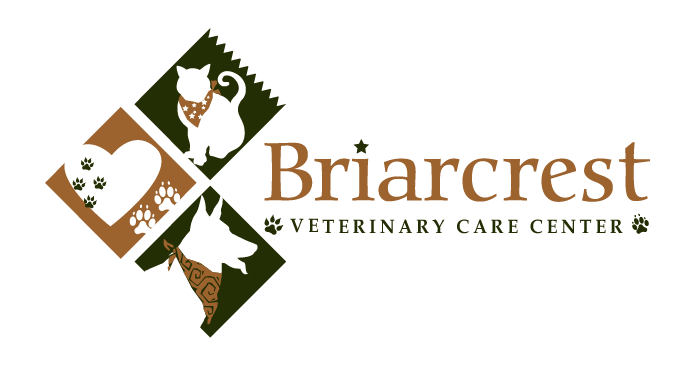Library
-
Before making the decision to bring a new dog into your household, there are some important factors to consider, including compatibility with your current dog, how they will be introduced, and what additional training will be required to ensure a harmonious multi-dog home.
-
Most male animals (stallions, bulls, boars, rams, dogs, and tomcats) that are kept for companionship, work, or food production are neutered (castrated) unless they are intended to be used as breeding stock. Since castration will influence a dog's behavior, every dog owner should consult with their veterinarian about the health impacts of castration for their individual dog.
-
Sometimes, what we want our dogs to do is, well, nothing! Learning to settle and be calm in a variety of environments is a life skill many owners appreciate from their dogs. Training using positive reinforcement is an excellent way to teach calm and settle.
-
Dogs and children should always be supervised. Most dog aggression towards children is fear-based, though many dogs will also show aspects of food, possessive, and territorial aggression. Ideally, all dogs should be introduced to children while they are still puppies. Even well-socialized dogs can exhibit fear or aggressive behavior as they mature. If you recognize any level of aggression towards your child, even a subtle display, additional safety precautions are necessary.
-
Aggression toward household members can have one or more causes. Underlying medical conditions can cause or exacerbate aggressive behavior and must be identified and treated. The sooner you address the behavior, the better, as aggression can escalate in intensity over time. Aggression is rarely fully eliminated from a dog’s repertoire. The goal is to use behavior modification and management to assure safety and predictability.
-
If your dog has threatened or displayed any signs of aggression, the problem is likely to continue until appropriate steps can be taken to identify the cause and modify the pet's behavior. A necessary first step is prevention and avoidance of further incidents. Not only is this essential to ensure safety, but each aggressive display may actually serve to increase the chances that the aggressive behavior will continue.
-
When household dogs fight, it can be physically dangerous and emotionally disturbing. An accurate behavioral assessment is critical to learn the motivation for aggressive behavior. Both dogs should be screened for medical and behavioral illnesses that may be causing or contributing to aggressive behavior.
-
When household dogs fight, it can be physically dangerous and emotionally disturbing. An accurate assessment is critical to learn the motivation for the aggressive behavior. Often, a treatment strategy that includes behavior modification, management, and medication can create a positive outcome by improving predictability and safety. In some serious cases, permanent separation or rehoming should be considered.
-
Even though dogs are a social species, some dogs exhibit aggression toward dogs outside their immediate social circle. There are many possible reasons for the behavior, and an accurate assessment is essential. A medical exam is important to check for underlying pain or illness. Treatment can be effective once the causes for the behavior have been determined.
-
Treatment for aggression toward unfamiliar dogs is available, and the outcome can be positive. An accurate medical and behavioral assessment is needed as treatment plans are designed based on the context and underlying motivation for the behavior. To start, management is used to prevent aggressive encounters. Behavior modification is always needed and may include desensitization, counterconditioning, and response substitution. Medication is sometimes used to lower anxiety and frustration.


